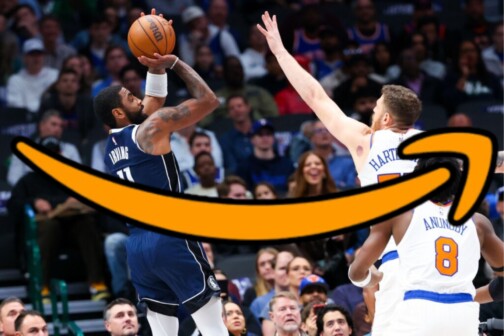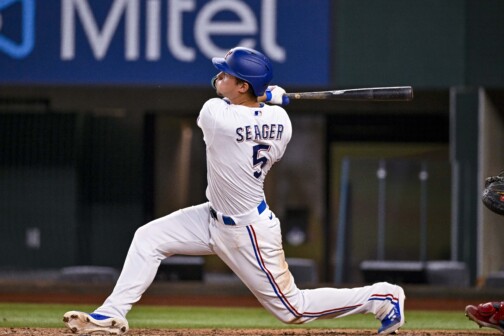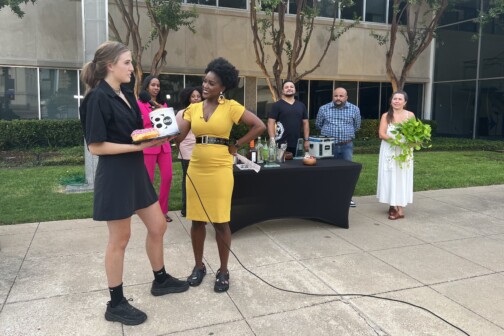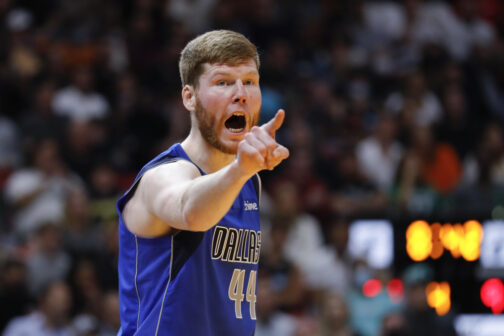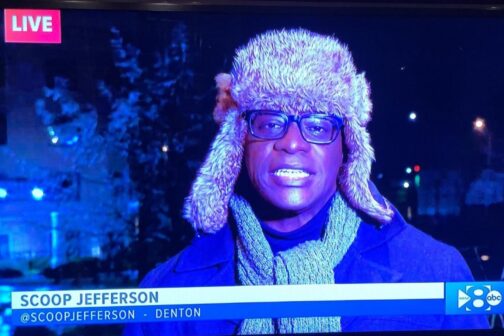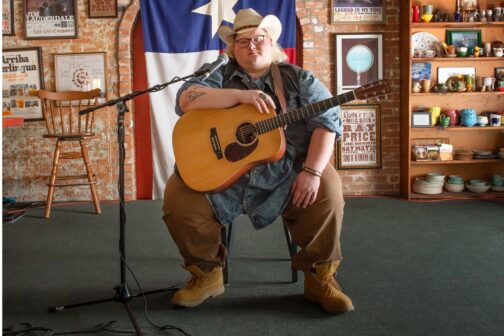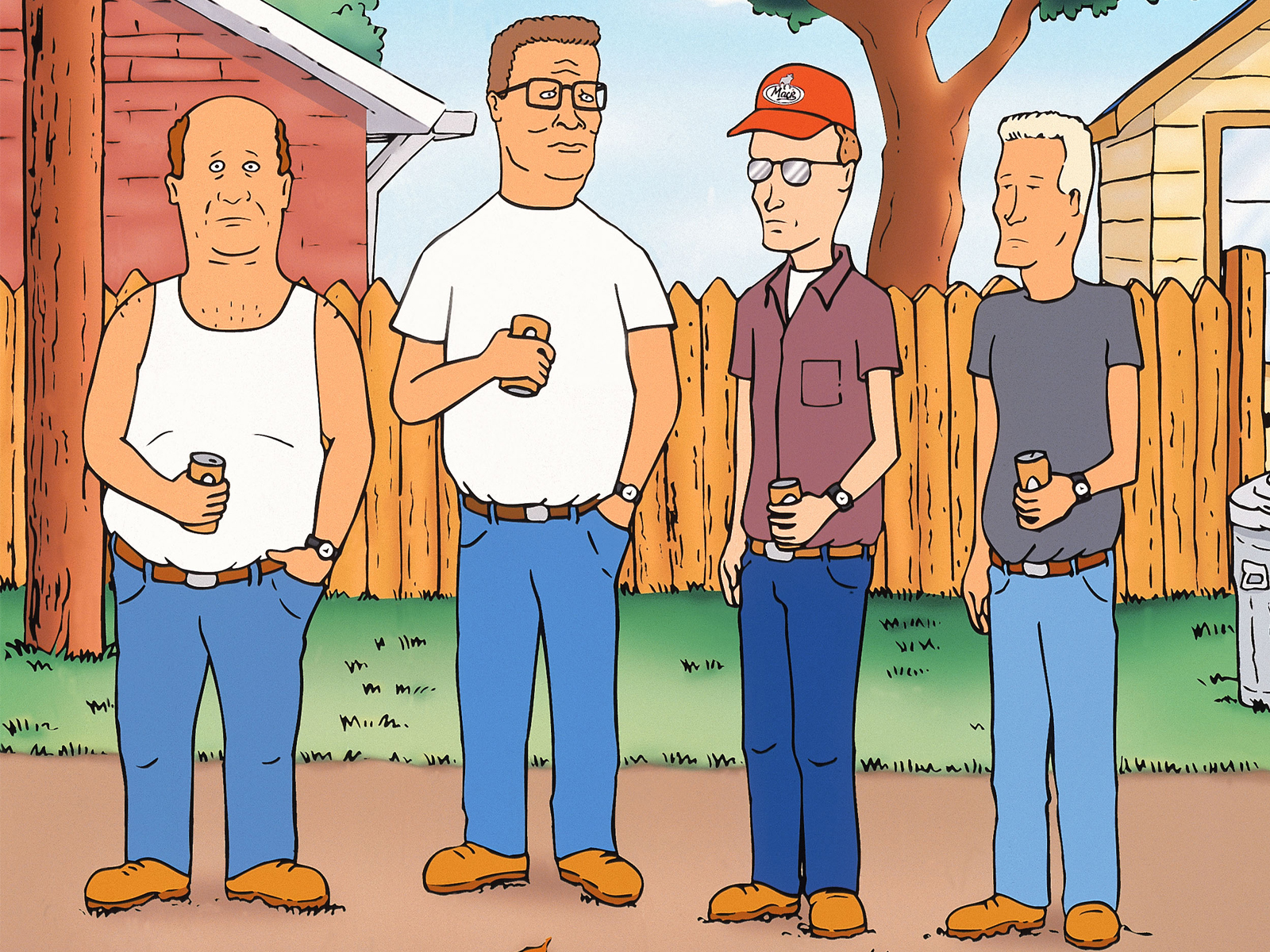John ‘Lucky’ Luckadoo Is a Master of the Air
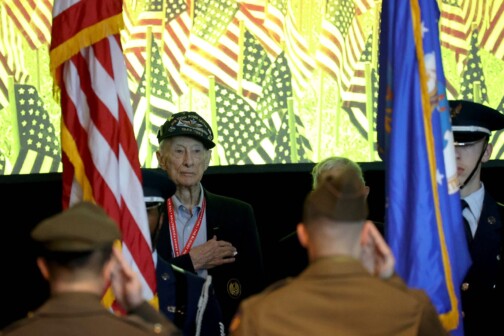
John “Lucky” Luckadoo may be the most popular man in Dallas. In January, he met Tom Hanks and Steven Spielberg at the Hollywood premiere for Masters of the Air, an Apple TV+ miniseries depicting World War II’s 100th Bomb Group. On The Late Show with Stephen Colbert, actor Austin Butler named-dropped Luckadoo. “I’m sorry — what’s his name?” Colbert responded. “Yeah. Amazing,” Butler said.
Luckadoo is one of the last living members of the 100th Bomb Group. Some 80 years ago, he flew 25 combat missions in Nazi-occupied Europe in a B-17 Flying Fortress, acting as pilot and co-pilot in near-impossible circumstances. The 100th Bomb Group earned the nickname the Bloody Hundredth from its severe casualty rate. Around 77 percent of its original members were wounded, killed, or captured. The total number of casualties of the group’s parent division, the Eighth Air Force, was 26,000 — a casualty rate of about 67 percent.
“What the 100th lacks in luck, it makes up for in courage,” 100th Bomb Group leader Lt. Col. John Bennett once remarked.
Luckadoo, like his peers, had courage. But he also had luck (his biography is titled Damn Lucky). He turns 102 on March 16, can still drive, and lives independently at Presbyterian Village North in North Dallas, where he’s been watching most of the episodes of Masters of the Air with the community. The show’s finale is set for March 15, the same day Apple TV+ premieres a Hanks-narrated documentary about the Bloody Hundredth, featuring Luckadoo.
I met up with Luckadoo in early March to talk about the grim realities of serving in World War II, his life in Dallas, and how it felt to have his story told by Hollywood. (Our conversation has been edited for brevity and clarity.)




